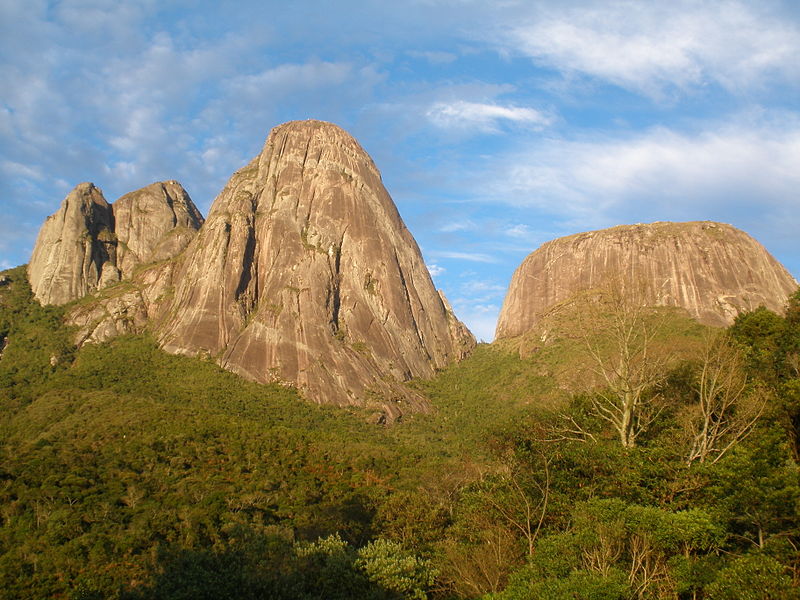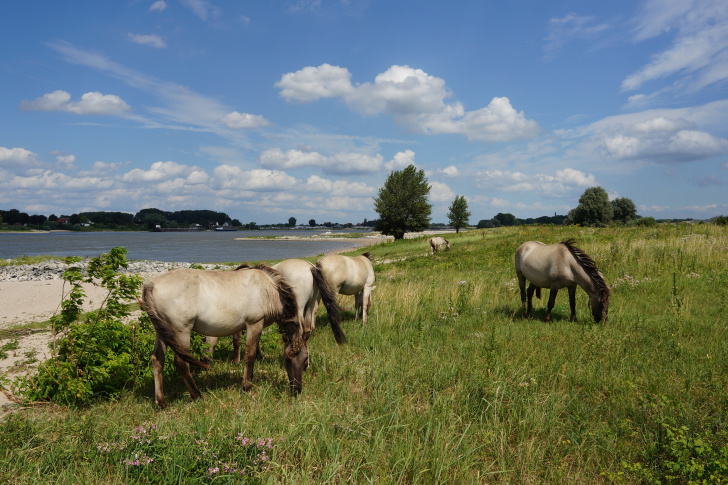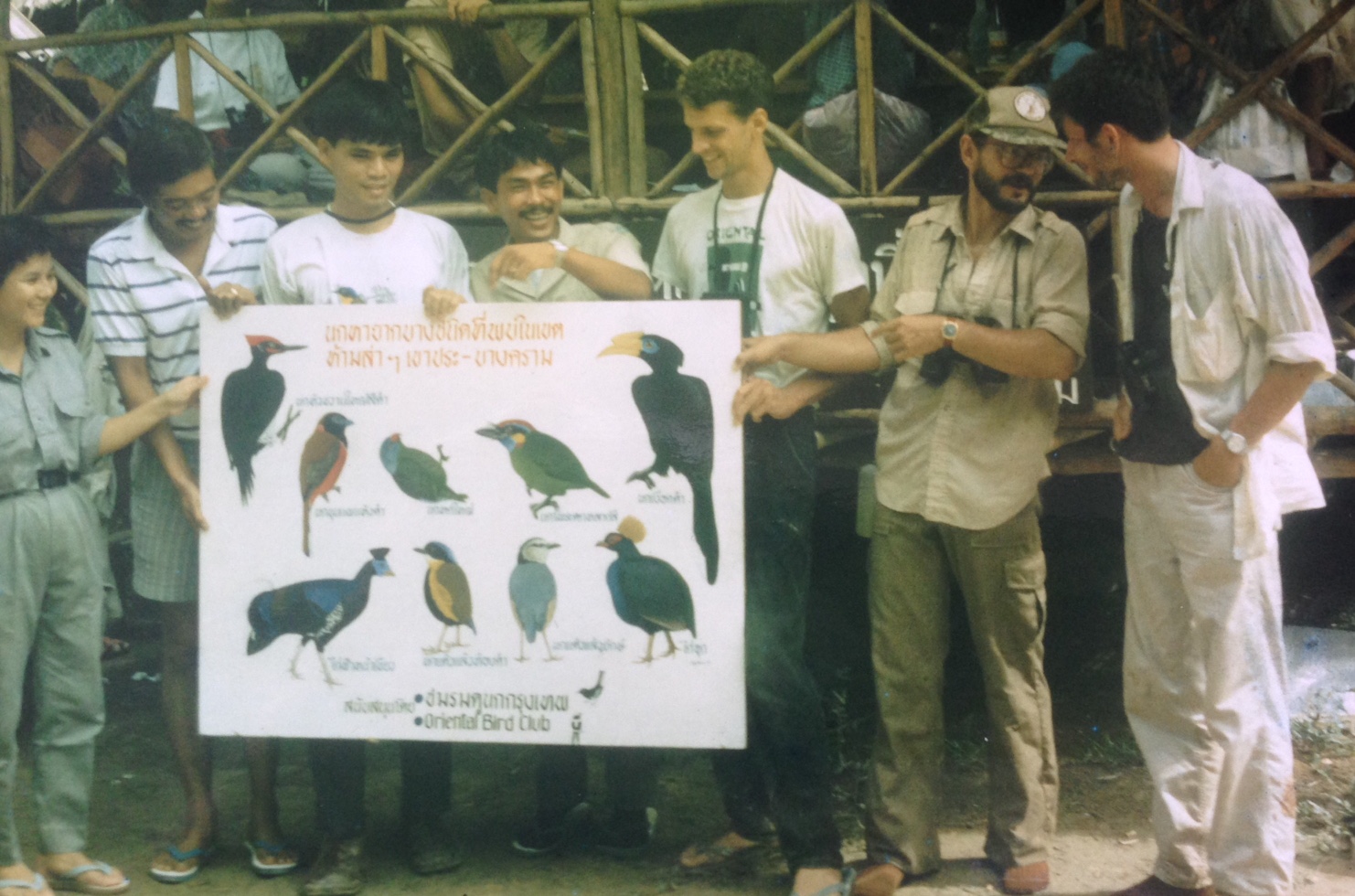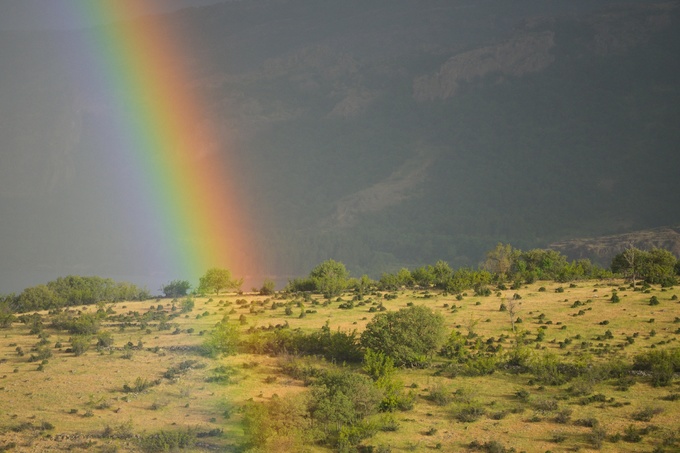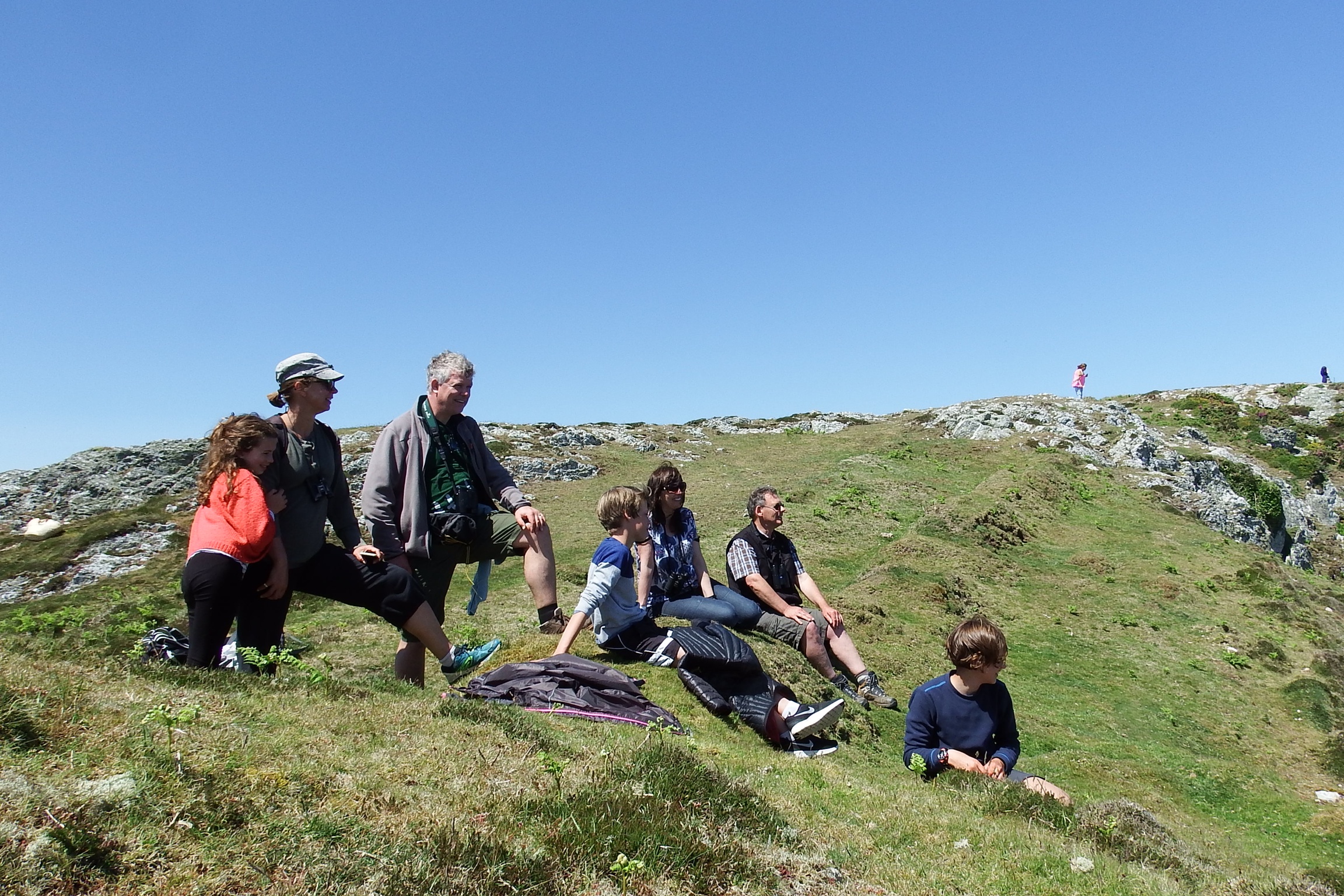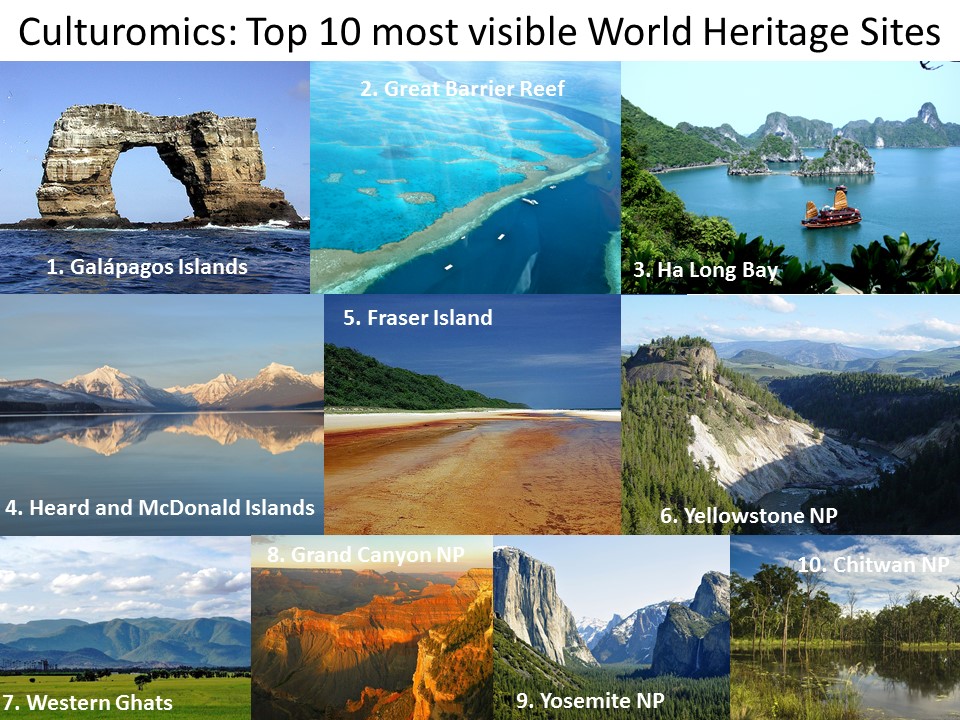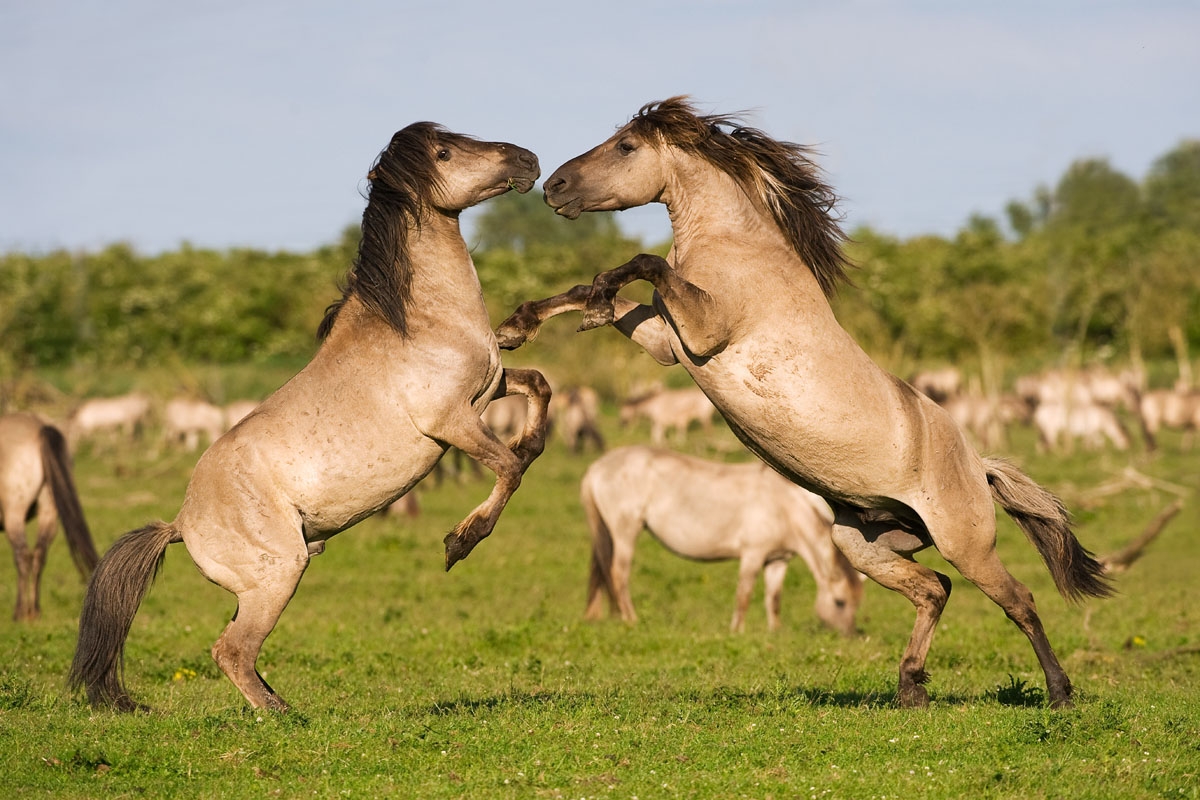Investing in Tamarin landscapes: an asset-based vision
By Paul Jepson, Richard J. Ladle and Susanne F. Schmitt. Photo; Richard J. Ladle When we were started out in conservation in the 1980s the Golden Lion Tamarin (hereafter GLT) was the poster child for species conservation. The species is restricted to the Atlantic rainforests of southeast Brazil (Rio de Janeiro State) and in



